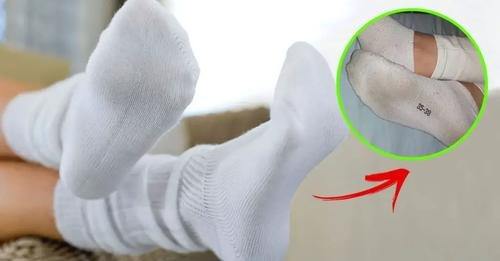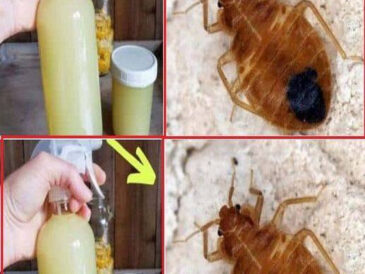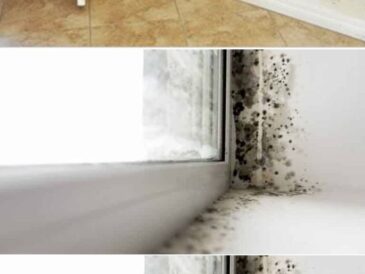Introduction: The Battle Against Stubborn Stains
Nothing feels quite as satisfying as slipping into a fresh, clean pair of white socks. They’re a symbol of cleanliness, comfort, and style, whether you’re pairing them with sneakers for a casual look or wearing them under your work shoes for all-day comfort. However, no matter how hard we try to keep them pristine, white socks seem to have a way of getting dingy, dull, or discolored over time. A pair that started bright and crisp can quickly turn gray, yellowed, or stained—especially if they’ve been through a few too many cycles in the washing machine.
The truth is, white socks are particularly susceptible to dirt, sweat, and oils from your skin, not to mention the detergent residue that builds up over time. And, while it may seem like your favorite pair of socks has lost the battle, there’s hope. You don’t have to throw them away or resign yourself to dull, lackluster socks. Whitening socks is easier than you think, and with the right techniques, you can bring back their bright, crisp appearance.
In this article, we’ll explore the best methods to get your white socks white again—whether they’re lightly dingy or completely discolored. We’ll cover everything from simple laundry tips to deep-cleaning techniques using both commercial products and natural home remedies. Whether you’re a sock lover, a parent of active kids, or someone who just can’t stand seeing your white socks fade, you’ll find all the solutions you need right here.
Why Do White Socks Turn Yellow or Gray?
Before we dive into the solutions, it’s important to understand why white socks lose their brightness in the first place. Knowing the cause will help you understand the best course of action for cleaning and maintaining their whiteness.
1. Sweat and Body Oils
One of the biggest culprits behind yellow or gray socks is the sweat and oils produced by your feet. Your feet have sweat glands, and when they sweat, the oils mix with the sweat and accumulate on your socks. Over time, this mix of oil and sweat can cause socks to develop a yellowish tint.
2. Detergent Build-Up
Using too much detergent or fabric softener can leave a residue on your socks. This build-up is often invisible but can cause socks to lose their bright, crisp white appearance over time. The residue can attract dirt and cause fabric to yellow.
3. Hard Water
If you live in an area with hard water, minerals like calcium and magnesium can build up on your clothes. These minerals can make your socks look dingy, even if they’ve been washed multiple times. Hard water can also reduce the effectiveness of your detergent, preventing it from fully cleaning the fabric.
4. Stains from the Environment
White socks are particularly susceptible to stains from the environment. Grass stains, dirt, and food or beverage spills tend to show up more prominently on white fabric. Over time, these stains can accumulate and cause discoloration.
5. Washing Habits
Improper washing can also contribute to yellowing. For instance, washing white socks in hot water with colored clothes can cause dye transfer, resulting in a dull or yellowish look. Additionally, over-drying socks in the dryer can set stains, making them harder to remove.
Best Practices for Whitening White Socks
Now that we know why white socks lose their brightness, it’s time to explore the best ways to restore them to their original, dazzling whiteness. Whether you’re dealing with a small stain or socks that have turned completely yellow, there’s a solution for every situation.
1. Pre-Treat Stains
Before throwing your white socks into the washing machine, it’s important to pre-treat any stains. This can help lift out dirt, oil, and other stains that contribute to discoloration.
How to Pre-Treat:
- Stain Remover Spray: Use a stain remover specifically designed for white fabrics. Apply it directly to the affected areas, ensuring you cover the stain completely. Let it sit for at least 15-20 minutes before washing.
- Baking Soda Paste: If you don’t have a commercial stain remover on hand, make your own paste by mixing baking soda and a little water. Apply the paste to the stained areas and gently rub it in before washing.
- White Vinegar: Vinegar is a natural stain-fighter and works great on white socks. Soak your socks in a solution of one part vinegar to four parts water for 30 minutes before washing. Vinegar helps break down oils and dirt that cause yellowing.
2. Wash with the Right Temperature and Detergent
The temperature of the water you use to wash your white socks can play a huge role in how well they come out. Too hot and you risk setting stains; too cold, and you might not get them fully clean.
- Hot Water (but not boiling): Wash your socks in hot water (around 120°F or 49°C) to help break down oils and lift stains. However, be careful not to wash at temperatures that are too high, as this could cause shrinkage.
- Use a Detergent for Whites: Regular laundry detergent can work fine for most fabrics, but if your socks are particularly dingy, try a detergent specifically formulated for whites. These detergents typically contain brightening agents or optical whiteners that help maintain the brightness of your socks.
3. Use Oxygen Bleach or Non-Chlorine Bleach
For socks that have yellowed or turned gray, oxygen bleach (like OxiClean) is an excellent option. Unlike traditional chlorine bleach, which can be harsh on fabrics and cause wear and tear over time, oxygen bleach is gentler and safer for regular use.
click page 2 to continue




